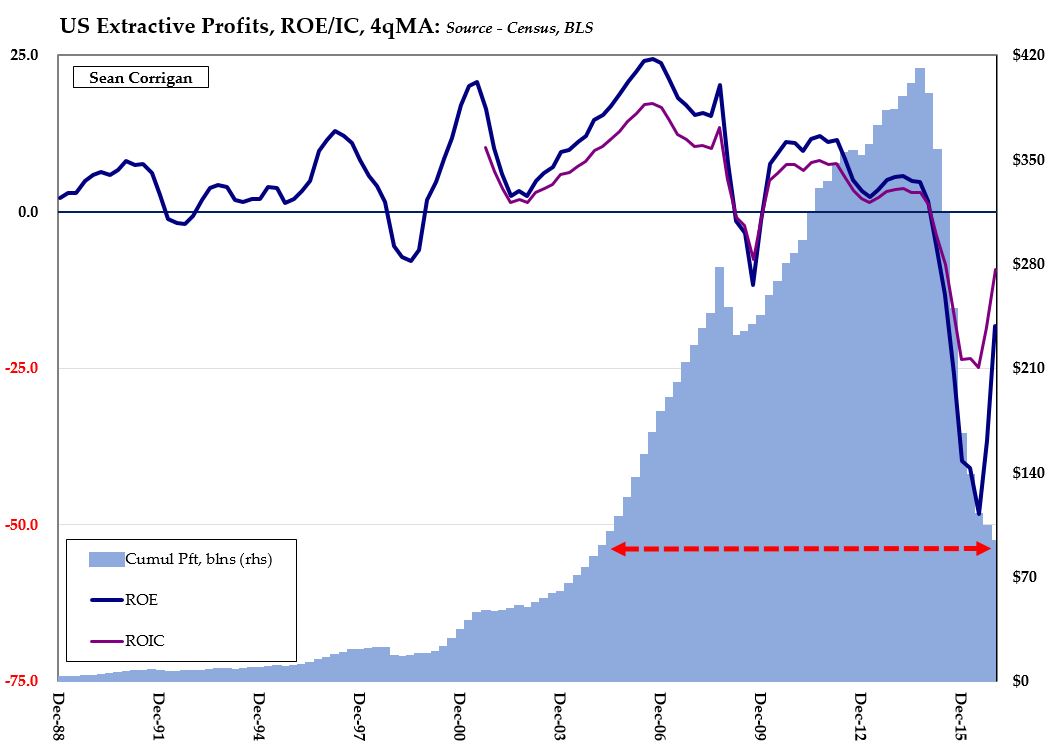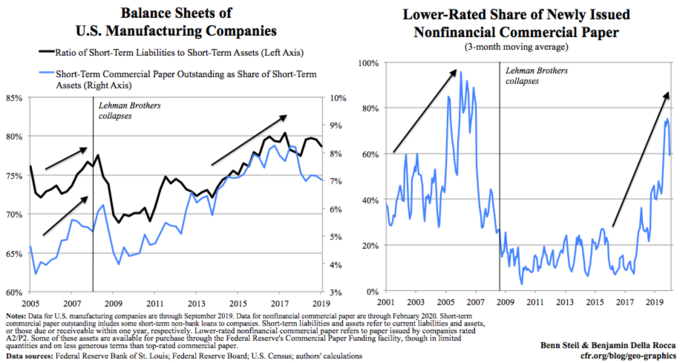By Dr Frank Shostak
Would it be possible to lower price inflation without large increases in the interest rates and large increases in unemployment? It is tempting to suggest that this could be done.
In his various writings, the leader of the monetarist school Milton Friedman argued that there is a variable time lag between changes in money supply and its effect on real output and prices.
Friedman held that in the short run changes in money supply will be followed by changes in real output. In the long – run however, changes in money supply will only have an effect on prices.
It follows then that changes in money supply with respect to real economic activity tend to be neutral in the long-run and non-neutral in the short-run.1
For Friedman, the main reason for the non-neutrality of money in the short-run is the variability in the time lag between money and the economy.
Consequently, he held that if the central bank were to follow a constant money growth rule this would eliminate fluctuations in economic activity.
The constant money growth rule according to Friedman could also make money neutral in the short-run and the only effect that money would have is on general prices.
In his Nobel lecture, Robert Lucas had suggested that the reason why money does generate real effect in the short run is not so much due to the variability of monetary time lags but more bound up with whether money changes were anticipated or not.
If monetary growth is anticipated, then people will adjust to it rather quickly and there will not be any real effect on the economy. Only unanticipated monetary expansion can generate economic growth.2
Both Friedman and Lucas are of the view, although for different reasons, that it is desirable to make money neutral in order to avoid unstable and therefore unsustainable economic growth.
The current practice of Fed policy makers seems to incorporate the ideas of Friedman and Lucas into the so-called transparent monetary policy framework. Note that currently Fed’s policy makers target interest rates rather than money supply.
Hence, rather than paying attention to anticipated versus non-anticipated monetary growth what matters is expected versus unexpected monetary policies in terms of interest rates.
The key here is to ascertain the equilibrium policy rate also known as the neutral rate. On this way of thinking, an expected and stable interest rate policies that are aiming at the neutral interest rate are likely to generate stability in terms of economic growth and prices.
The transparent policy framework accepts Lucas’s view that anticipated monetary policy could lead to stable economic environment. This framework also accepts that a gradual change in monetary policy in the spirit of Friedman’s constant money growth rule could reinforce the transparency.
Money, expectations and economic growth
Contrary to Friedman, an increase in the money supply cannot generate economic growth neither in the short-run nor in the long-run. Likewise, contrary to Lucas, unexpected money supply growth cannot generate economic growth nor anticipated money supply growth can be neutral to the economy.
An increase in the money supply growth rate leads to the consumption of wealth that is not supported by its production. Consequently, this results in the weakening of the pool of wealth, which in turn undermines the economic growth.
Whilst unanticipated monetary growth cannot grow an economy it however, can undermine the pool of wealth thereby weakening the economy. Likewise anticipated money growth cannot be harmless.
Even if the money growth rate is anticipated always, someone receives the money first. Consequently, anticipated money growth rate is going to set in motion an exchange of nothing for something.
Even if the money is pumped in such a way that everybody gets it instantaneously, changes in the demand for money will vary – after all every individual is different from other individuals – there will always be somebody who will spend the newly received money before somebody else.
This will lead to the redirection of wealth to the first spender from the last spender. We can thus conclude that regardless of expectations, an increase in money supply will always undermine the foundations of the economy.
Can a gradual tightening prevent an economic bust?
We suggest that an easy monetary policy, whether expected or unexpected, gives rise to the diversion of wealth from wealth generators to bubble activities. This means that a monetary tightening will slow down this diversion. Because of a tighter monetary stance, various economic activities, which sprang-up on the back of strong monetary pumping, will now get less funding.
This in turn means that bubble activities are given less support and run the risk of being liquidated. The liquidation of these activities is what an economic bust is. Note, the fact that the Fed employs a tight interest rate policy implies a tampering with financial markets.
This continues to perpetrate the misallocation of resources and economic impoverishment. Whilst a tight interest rate stance could lower the growth rate in prices by weakening the demand for goods and services, it remains bad news for the wealth generation process.
Note that a moderate tighter interest rate stance is still tampering with financial markets. This results in the misallocation of resources and a weakening in the process of wealth generation. This in turn in the framework of a declining pool of wealth is going to prolong the economic slump.
We are of the view that rather than raising interest rates to counter increases in prices a better policy is to close the loopholes for money creation. The sooner these loopholes are going to be sealed off the better it is going to be for wealth generators. This means a stronger economic growth will follow suit.
A system that is likely to promote an economic climate free of inflation i.e. increases in money supply out of “thin air” is the gold standard without the central bank. On a pure gold standard without the central bank, no one prints money. Hence, we will not have here an exchange of nothing for something. This means that the menace of boom-bust cycle will not emerge on the pure gold standard without the central bank.
Conclusion
We suggest that it is not possible to devise a monetary policy that is going to be harmless to the wealth generation process. Rather than trying to ascertain a monetary policy that is going to be neutral to the real economy, it is better to establish a pure gold standard without the central bank. On a pure gold standard, no one prints money out of “thin air” hence such standard promotes the wealth generation process. This in turn raises the pool of wealth and in turn raises individuals’ living standards.
1 Milton Friedman The Counter-Revolution in Monetary Theory. Occasional Paper 33, Institute of Economic Affairs for the Wincott Foundation. London: Tonbridge, 1970.
2 Robert E. Lucas, Jr Nobel Lecture:Monetary Neutrality, Journal of Political Economy, 1996, vol. 104,no. 4



